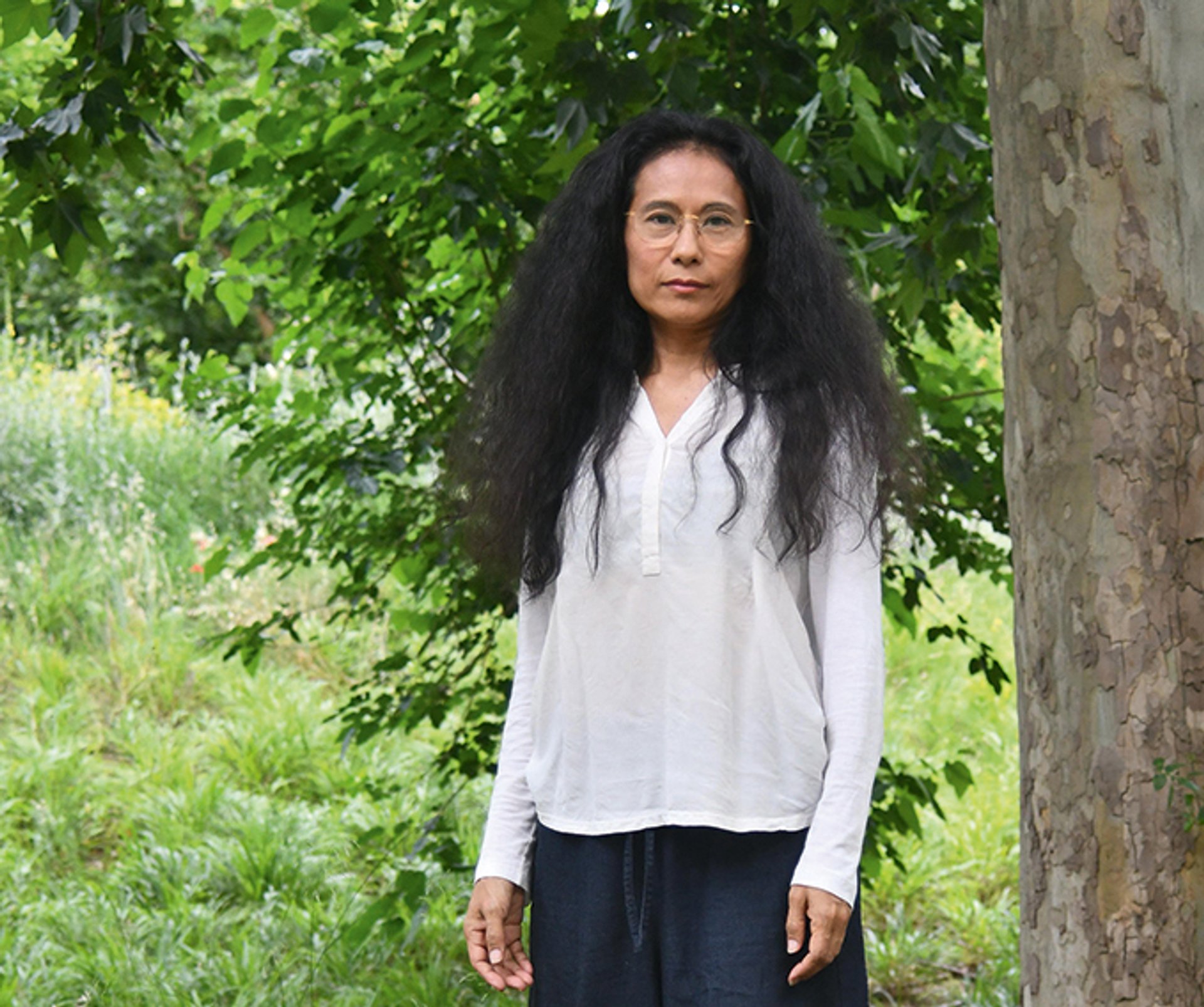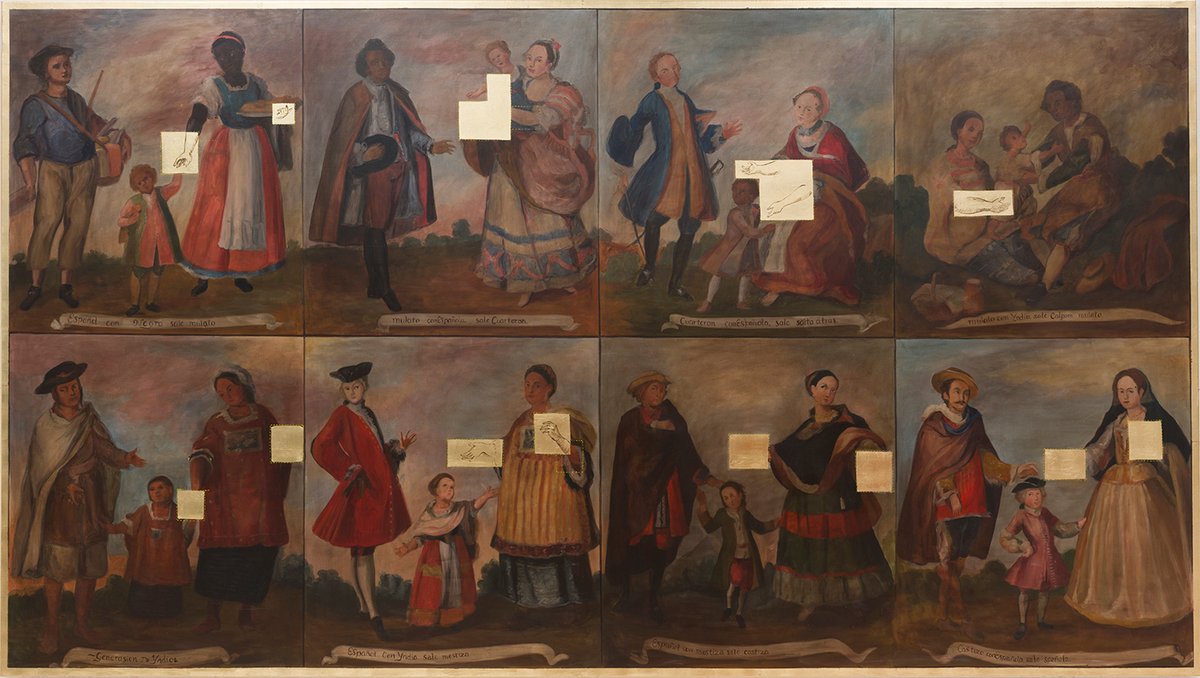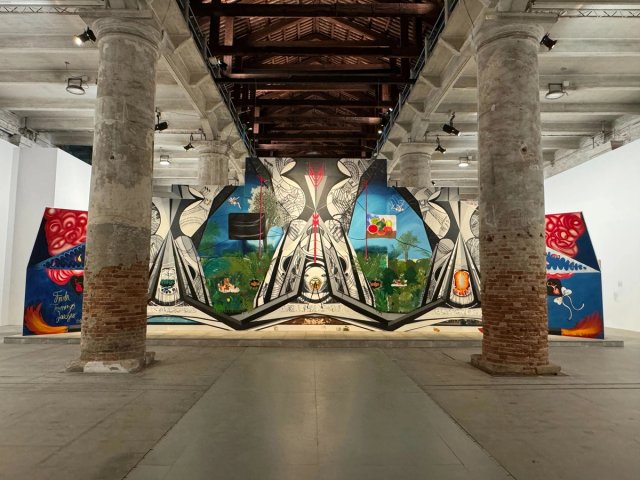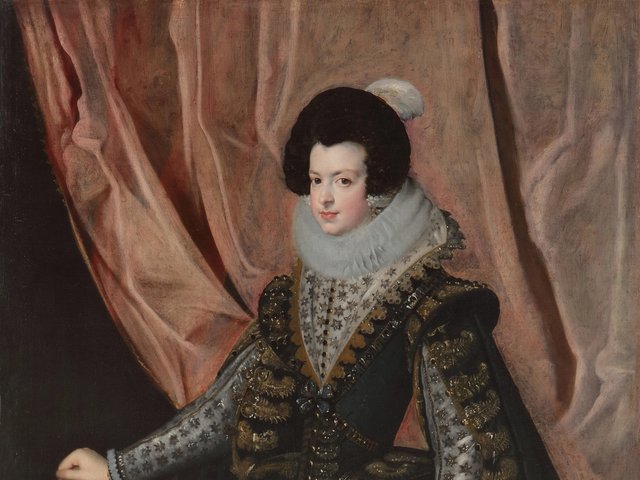With a Giardini pavilion dating back to the 1920s, Spain has a long history at the Biennale. But this year the country breaks with tradition by choosing a foreign-born artist as its representative for the very first time: Peru’s Sandra Gamarra Heshiki.
A Lima native and long-time Madrid resident, the 51-year-old Gamarra Heshiki investigates the origins and implications of her cosmopolitan background in the 100-work Pinacoteca Migrante (migrant art gallery).

Crossing continents: Gamarra Heshiki was brought up in Lima, Peru, but now lives in Madrid Carmela García
Speaking this winter at her studio, in the Spanish capital’s Usera district, Gamarra Heshiki reflects on a kind of stubborn otherness that now informs her identity. “When I am in Lima, I feel European,” she says. “But I feel less European when I am here in Madrid.”
Wrenching cultural exchanges mark Pinacoteca Migrante, an imaginary museum with a range of paintings and a small but critical number of sculptures—around 50 works in total. Long reliant on the art of appropriation—or copying, as Gamarra Heshiki calls it—the artist has conceived of an installation that draws on art and objects in Spanish museums, but transferred and transformed into new works that reflect on the legacies of colonial oppression.
Dehumanising impact of colonialisation
In a red-and-gold, multi-panel work called Altarpiece of Dying Nature, Gamarra Heshiki cites paintings by 17th-century artists Diego Velázquez and Francisco de Zurbarán, along with references to objects imported during the heyday of the Spanish Empire, to create an oversize composite still-life that beguiles and confounds. Her interest is in dramatising the twisted and dehumanising impact that Spain had on its colonies, but her painterly eye cannot help but forge an original, eye-catching work of art.
Gamarra Heshiki, who has Japanese and mixed South American ancestry, got to know European museums in books and magazines growing up in Lima. That experience has meant that “she took copying as a tool of empowerment”, says the pavilion’s Spanish curator Agustin Perez-Rubio, who has previously collaborated with the artist.
Gamarra Heshiki’s engagement with European Old Masters also reflects 21st-century global concerns. In a piece called Miscegenation Masks V, she revisits Frans Hals’s massive 1640s masterpiece, Family Group in a Landscape, a signature work in the collection of Madrid’s Museo Thyssen-Bornemisza. Nearly hidden in the picnic-like setting of Hals’s painting is a diminutive African servant, whose black face seems to blend into the foliage. Gamarra Heshiki inverts the effect of the painting, creating monochromatic Europeans who seem to fade into the background when she emphasises the black skin of their servant. In the corners are collage-like additions of dislocated contemporary Africans cut from newspapers and magazines. The painting then leaps to life thanks to a metallic thermal blanket, of the type issued to migrants rescued at sea, draped over the top. She also plans to add a textile from Ghana, citing research that indicates the servant in the Hals painting may have been brought to Holland from there.
The flash of foil is also added to the artist’s version of a casta painting—a colonial genre that depicted Latin American societies strictly stratified by race. Based on an 18th-century Mexican iteration in Madrid’s Museo de América, Enlightened Racism III uses patches of gold to imply the work is undergoing a conservation treatment—invoking Spain’s ongoing examination of its racist past, and, adds the artist, the unfinished nature of history itself.
Invasive species
The Spanish pavilion building has undergone a number of changes since it first opened in 1922, and its present incarnation is rather “bunker-like”, Perez-Rubio says. He and Gamarra Heshiki are transforming the central atrium—the largest space in the building—into a sculpture garden, where the artist looks for inspiration to Spain’s former colonies rather than its domestic museums.
In Migrant Garden VI, she draws on a 1930s public sculpture in Montevideo, Uruguay, called Los últimos Charrúas, in honour of the area’s indigenous people, who were the victims of a 19th-century genocide. Gamarra Heshiki has painted an image of a mother and child, based on a photograph of the bronze memorial, onto a plate of clear acrylic and fronted it with another painted plate showing cat’s claw creeper, a flowering plant native to Latin America that is now considered an invasive species in Spain.
Gamarra Heshiki jokes that she herself might be considered a kind of invasive species. But what she really means, perhaps, is: “I live between two sensibilities.”




